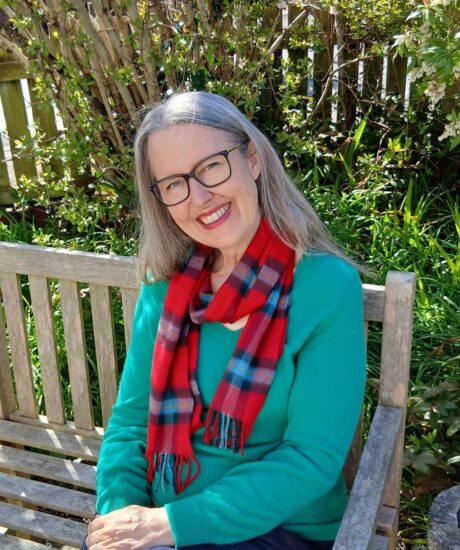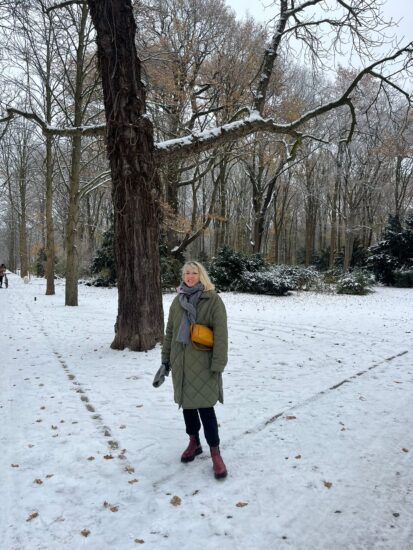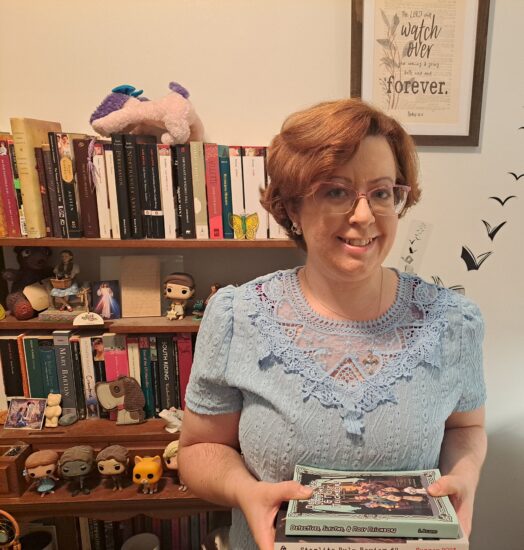
My Writer of the Week is Katie Ashmore, to talk about her latest cosy crime story in this week’s issue, August 11.
Your story Murder At The Ninth is, obviously, a murder mystery. You’ve written a number of these for us now. Would you say it’s your preferred genre?
I wouldn’t say I have a preferred genre. What I enjoy most is the variety provided by writing different types of story. I’ve set stories in a range of time periods and settings. Some are light-hearted, others emotional, romantic or family-oriented. Having said that, I have a lot of fun writing the murder mysteries – largely because of the crazy characters involved.
How do you start them: with the crime, with the solution, the characters….?
I usually begin with the crime, then ask myself who did it and why. The characters develop from the situation. So far, all my short crime stories have been set amongst the wealthier classes in the 1920s and 30s, which also determines the characters. Murder At The Ninth began with the idea of finding a body on a hotel golf course and went from there.
Have you ever tried to write one that just didn’t work out – that you couldn’t solve?
Thankfully, that hasn’t happened yet – although no doubt, having said that, I’ll get stuck on the next one! I plan the crime stories in quite a bit of detail before I begin, so I always know who did it and why before I start. I’ve had other stories that didn’t work out though; I’ve abandoned several. The most difficult aspect of the murder mysteries, for me, is keeping them down to 3,000 words – there’s a lot of plot.
Our readers will remember your serial The Secret Of Elm House, which was your first for us after being short-listed in our serial writing competition. You’re writing another now….How is writing a serial a different challenge from a short story?
Writing a serial is quite different. In some ways, I think it’s easier. I find the initial ideas and planning the hardest. You need a more complex plot and a larger number of characters. You have to develop the instalments and characters in detail before you begin, making sure there’s a cliffhanger at the end of every part. However, once that’s done, I find it easier to write because I know what’s coming next. It takes longer, but the extra word count gives more room to develop setting and character.
Notebook and pencil or laptop? Kitchen table or study? Blank wall or inspiring view?
I divide my writing between the dining room (the warmest, sunniest room in the house) and the study. I always write my first draft in an A4 notebook with a black gel pen, then type it up on the computer. The study has a lovely view over trees and playing fields, but my desk faces the wall.
And a PS: What’s your one top tip for aspiring writers?
Make sure you ignore the little voice that tells you, when you’re in the middle of a story, that your work is rubbish and no one will publish it. Finish your work, edit, edit, edit, send it out there and never give up!




